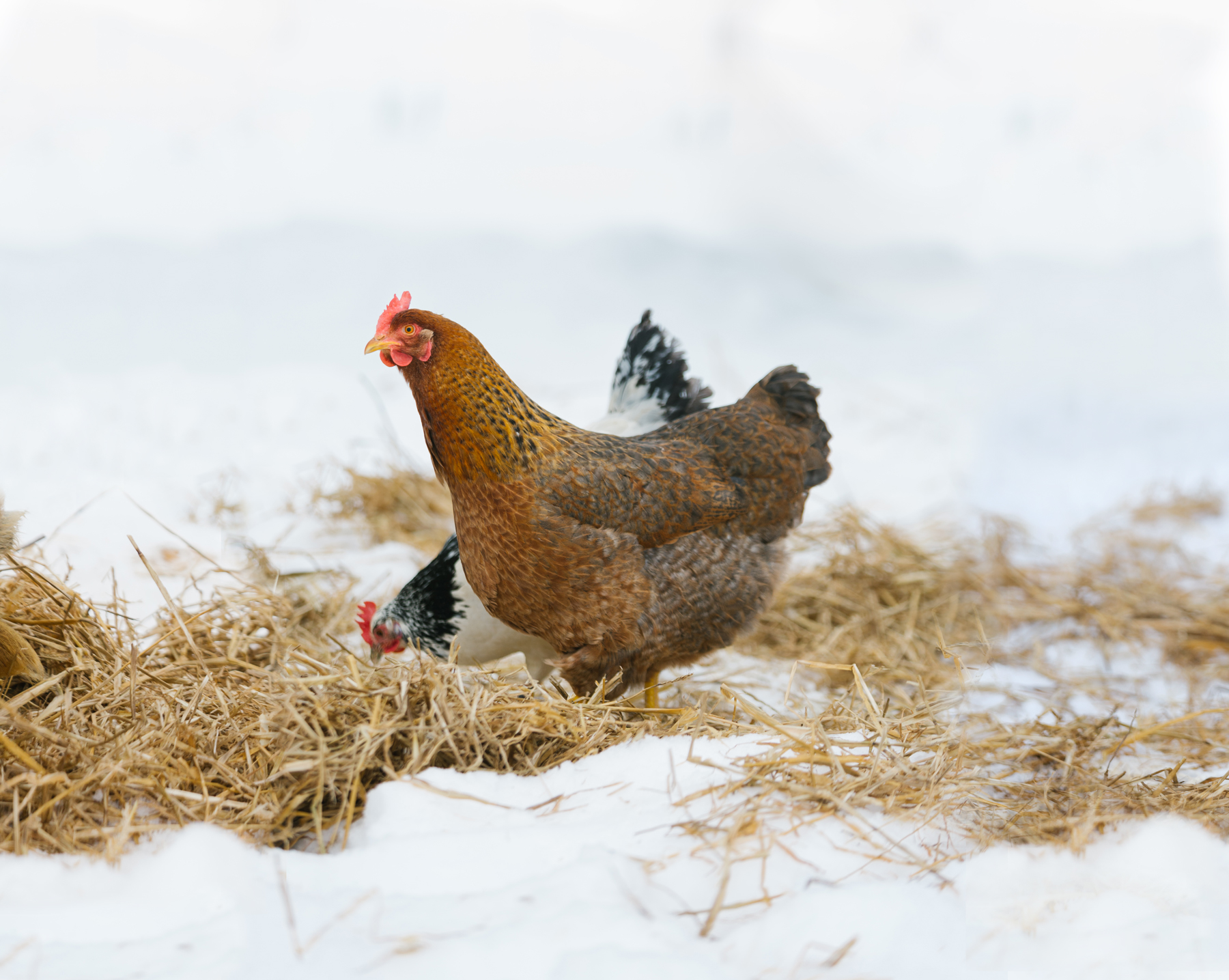
The terms “autosex chickens” and “sex link chickens” are often used mistakenly used interchangeably. Continuing our interview series with Gail Damerow, poultry expert and best-selling author, we ask her to explain the difference between autosex chickens and sex link chickens.
What is the difference between autosex chickens and sex link chickens?
The two are similar in some ways, but they are also very different. The obvious similarity is that in both, the male and female offspring have different down color or markings at the time of hatch. This means that they can be sexed at hatch with varying degrees of success.
However, a major difference between the two is that autosex chickens are a true breed. Therefore, mating a male and female will breed true, meaning that the pairing will result in offspring that are just like their parents. Their plumage may or may not significantly differ into maturity. Autosexing chickens can be reliable layers, but they are not bred for high production as with sex link chickens. However, because they breed true, autosex chickens offer the possibility of hatching your own future replacement flock.
Sex links, on the other hand, are hybrids, and therefore do not breed true. If you mate a male and female sex link, you won’t necessarily be able to sex the resulting chicks at hatch. And the offspring may differ from their parents in multiple other ways, such as in plumage color, size, and laying ability. Sex link chickens are bred for high-level egg production.
What are some examples of autosex chickens?
Cream Legbars, for one. They were bred in England by crossing brown Leghorns, Barred Plymouth Rocks, and Araucanas among other breeds. Then they were developed into a specific breed of their own. At hatch, the pullets have a broad, dark chipmunk stripe that extends from the head down the back, and a small, pale head spot. Cockerels have a distinctive light-colored dorsal strip. At maturity, the hens are silver gray with a salmon breast. The roosters are creamy white with dark barring on the breast and tail.
Another example is the Bielefelder. They were developed in Germany from a number of different breeds including Barred Plymouth Rock, Rhode Island Red, New Hampshire, and a Dutch breed called Cuckoo Malines. Bielefelder pullets are dark brown, with chipmunk stripes on their back and a black mark across the eyes. Cockerels are light brown with a white patch on the head. At maturity, the hens are brown with a subtle white and gray Cuckoo pattern. Roosters are Cuckoo throughout, with orange hackles, backs, and saddles and black tails and breasts. (The Cuckoo pattern is similar to barring, only less distinctly striped.)
…
blog.mcmurrayhatchery.com
Feed Name : Murray McMurray Hatchery Blog
Backyard Chickens,Chicken Breeds,Chickens,Featured,Gail Damerow,Guest Articles,Barred Rocks,Bielefelder,Black Star,breed comparison,breeds,chickens,Red Star,Sex Link Chickens,sex link chicks
hashtags : #Autosexing #Chickens #Sex #Link #Chickens #Gail #Damerow #ExplainsAre #Autosex #Chickens #Sex #Link #Chickens






Leave A Comment